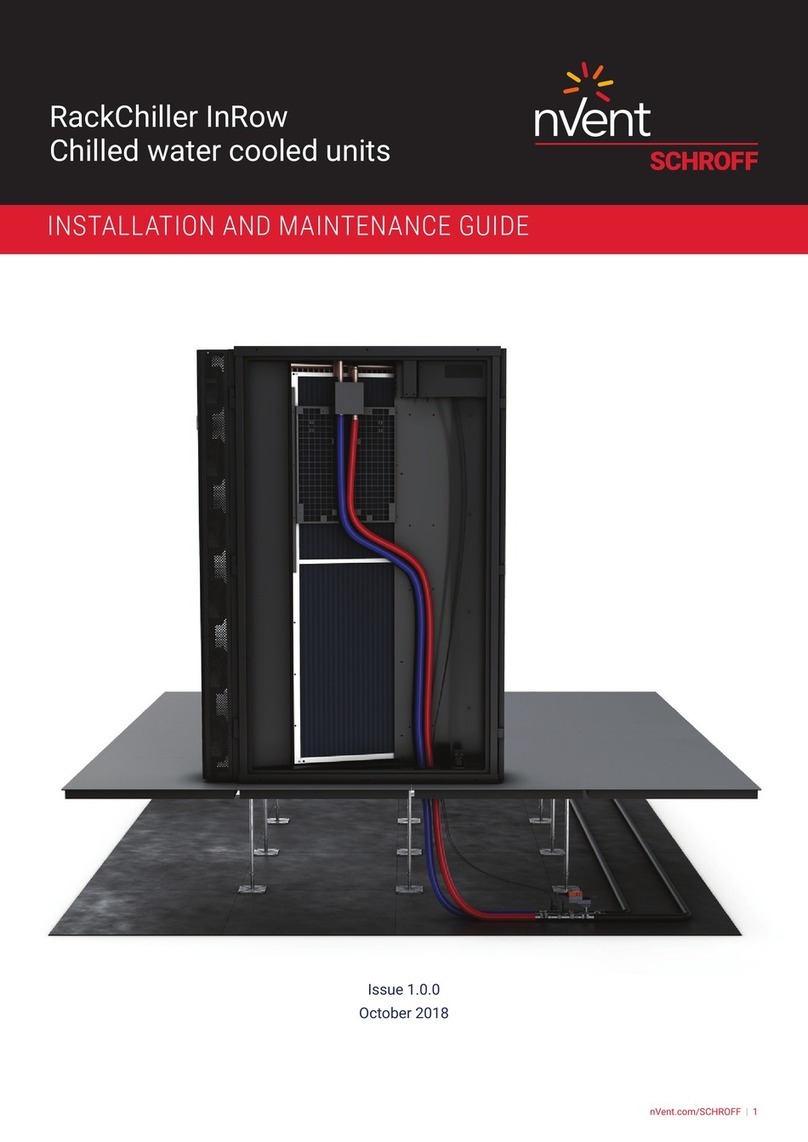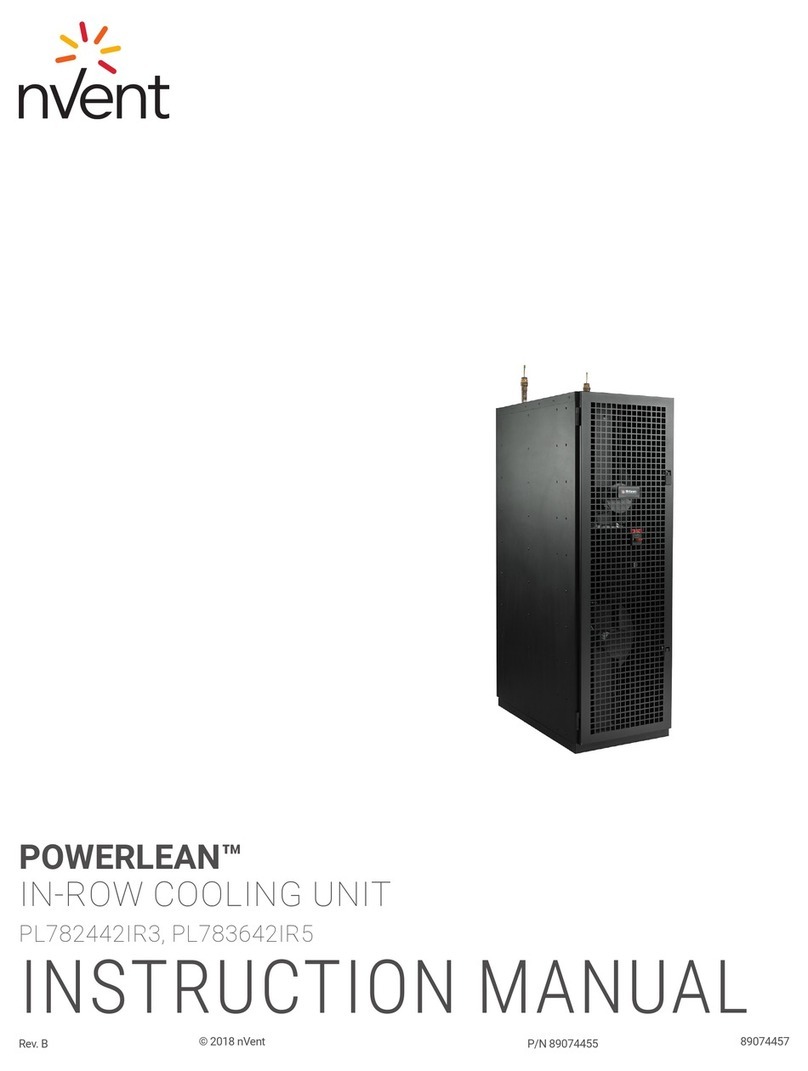PXI Manual Connector Pinouts
Page 8 of 25
Connectors on Schroff PXI Backplanes
Pin Assignment PXI Connectors
Table 1: PXI System Slot 64-Bit Connector Pin Assignment
Pin Z(14) A B C D E F(9)
22 GND GA4 GA3 GA2 GA1 GA0 GND
21 GND CLK6 GND RSV RSV RSV GND
20 GND CLK5 GND RSV GND RSV GND
19 GND GND GND SMB_SDA SMB_SCL SMB_ALERT# GND
18 GND PXI_TRIG3 PXI_TRIG4 PXI_TRIG5 GND PXI_TRIG6 GND
17 GND PXI_TRIG2 GND PRST# REQ6# GNT6# GND
16 GND PXI_TRIG1 PXI_TRIG0 DEG# GND PXI_TRIG7 GND
15 GND PXI_BRSVA15 GND FAL# REQ5# GNT5# GND
14 GND AD[35] AD[34] AD[33] GND AD[32] GND
13 GND AD[38] GND V(I/O) AD[37] AD[36] GND
12 GND AD[42] AD[41] AD[40] GND AD[39] GND
11 GND AD[45] GND V(I/O) AD[44] AD[43] GND
10 GND AD[49] AD[48] AD[47] GND AD[46] GND
9GND AD[52] GND V(I/O) AD[51] AD[50] GND
8GND AD[56] AD[55] AD[54] GND AD[53] GND
7GND AD[59] GND V(I/O) AD[58] AD[57] GND
6GND AD[63] AD[62] AD[61] GND AD[60] GND
5GND C/BE[5]# GND V(I/O) C/BE[4]# PAR64 GND
4GND V(I/O) PXI_BRSVB4 C/BE[7]# GND C/BE[6]# GND
3(3) GND CLK4 GND GNT3# REQ4# GNT4# GND
2(3) GND CLK2 CLK3 SYSEN# GNT2# REQ3# GND
1(3) GND CLK1 GND REQ1# GNT1# REQ2# GND
25 GND 5V REQ64# ENUM# 3.3V 5V GND
24 GND AD[1] 5V V(I/O) AD[0] ACK64# GND
23 GND 3.3V AD[4] AD[3] 5V AD[2] GND
22 GND AD[7] GND 3.3V AD[6] AD[5] GND
21 GND 3.3V AD[9] AD[8] M66EN C/BE[0]# GND
20 GND AD[12] GND V(I/O) AD[11] AD[10] GND
19 GND 3.3V AD[15] AD[14] GND AD[13] GND
18 GND SERR# GND 3.3V PAR C/BE[1]# GND
17 GND 3.3V IPMB_SCL IPMB_SDA GND PERR# GND
16 GND DEVSEL# GND V(I/O) STOP# LOCK# GND
15 GND 3.3V FRAME# IRDY# GND TRDY# GND
14 KEY AREA
13 KEY AREA
12 KEY AREA
11 GND AD[18] AD[17] AD[16] GND C/BE[2]# GND
10 GND AD[21] GND 3.3V AD[20] AD[19] GND
9GND C/BE[3]# GND AD[23] GND AD[22] GND
8GND AD[26] GND V(I/O) AD[25] AD[24] GND
7GND AD[30] AD[29] AD[28] GND AD[27] GND
6GND REQ# GND 3.3V CLK AD[31] GND
5GND BRSVP1A5 BRSVP1B5 RST# GND GNT# GND
4GND IPMB_PWR HEALTHY# V(I/O) INTP INTS GND
3GND INTA# INTB# INTC# 5V INTD# GND
2GND TCK 5V TMS TDO TDI GND
1GND 5V -12V TRST# +12V 5V GND
Pin Z(14) A B C D E F(9)





























